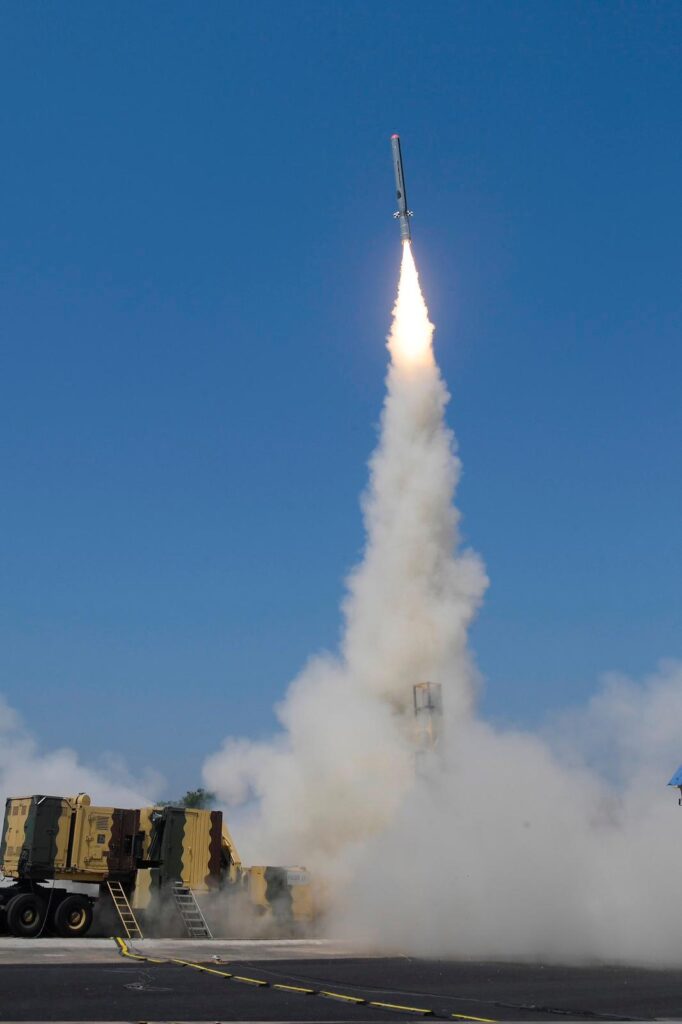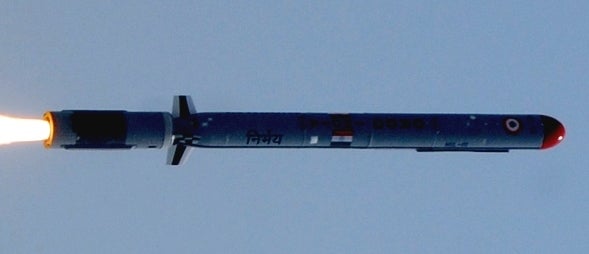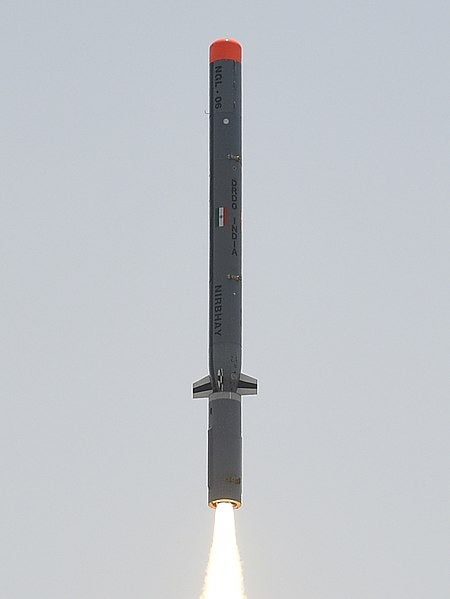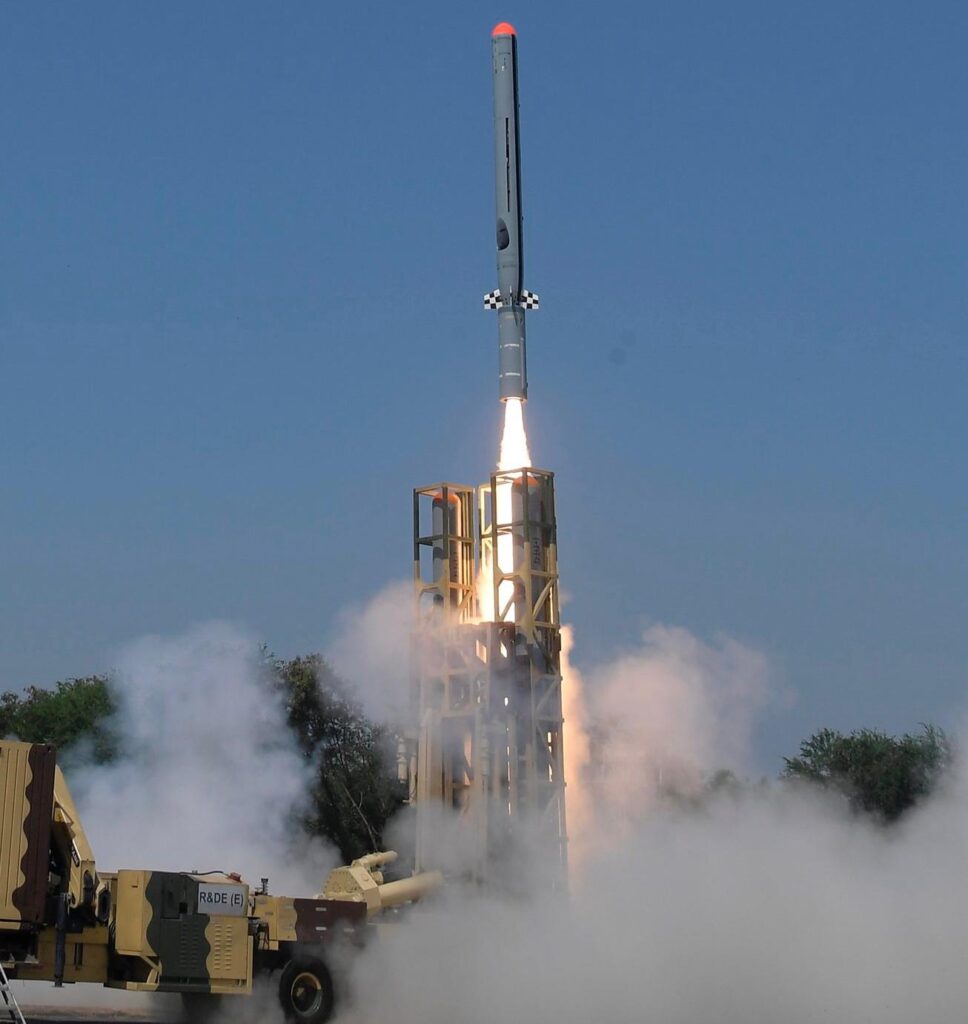India Conducts A Successful Test Flight Of Its Indigenous Technology Cruise Missile
On April 18, India’s state-owned Defense Research and Development Organisation (DRDO) successfully tested its Indigenous Technology Cruise Missile (ITCM) at the Integrated Test Range (ITR) in Chandipur, on Odisha’s north-eastern coast. Several senior scientists from DRDO laboratories and representatives from manufacturing partners oversaw the flight test of the long-range subsonic cruise missile, also known as ‘Nirbhay’.
In the statement made by the Indian Ministry of Defense, it was stated that all subsystems of ITCM, which were monitored by Su-30-Mk-I aircraft of the Indian Air Force as well as various range sensors such as Radar, Electro Optical Tracking System (EOTS) and Telemetry, placed at different points by ITR during the test, performed in accordance with expectations.

Indian Defense Minister Rajnath Singh congratulated the DRDO on the successful flight test of the ITCM, stating that the development of an indigenous long-range subsonic cruise missile powered by indigenous propulsion is a significant milestone in Indian defense R&D.

Nirbhay is India’s first domestically manufactured cruise missile. The missile was first launched on March 12, 2013, from Odisha’s Integrated Test Range in Chandipur, Balasore. After six attempts at development, the Nirbhay project was officially closed. The next phase of testing began in April 2020 under the new name Indigenous Technology Cruise Missile (ITCM). The new version features the TFE MANIK turbofan engine developed by the Gas Turbine Research Establishment (GTRE) in Bengaluru, as well as advanced avionics and software.

According to DRDO, the ITCM is a subsonic missile that travels at Mach 0.7, flies below enemy radar to avoid detection, and has sea-skimming and terrain-hugging capabilities. The Indigenous Technology Cruise Missile measures 6 meters in length, 0.52 meters in width, and has a 2.7-meter wingspan. The cruise missile weighs 1,500 kg and can carry conventional and nuclear payloads weighing up to 450 kg, with a range of 1,000 km.

